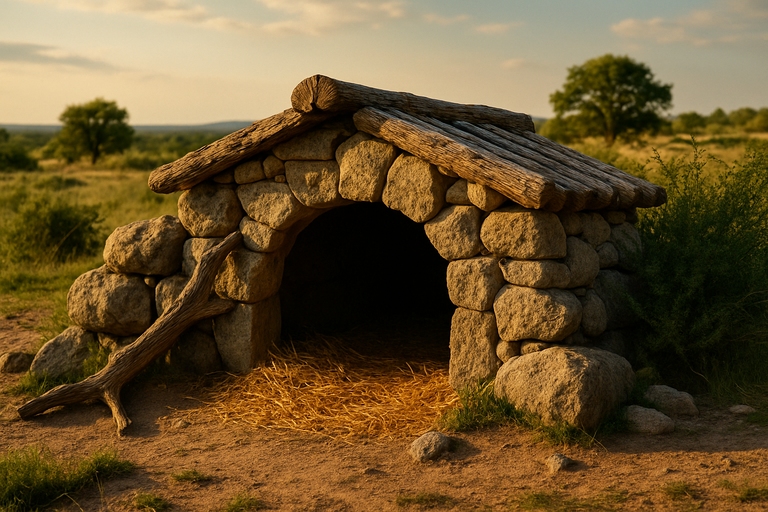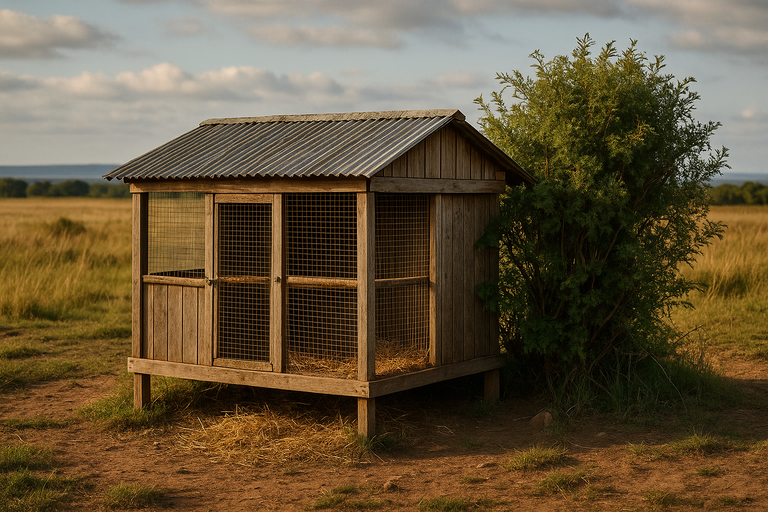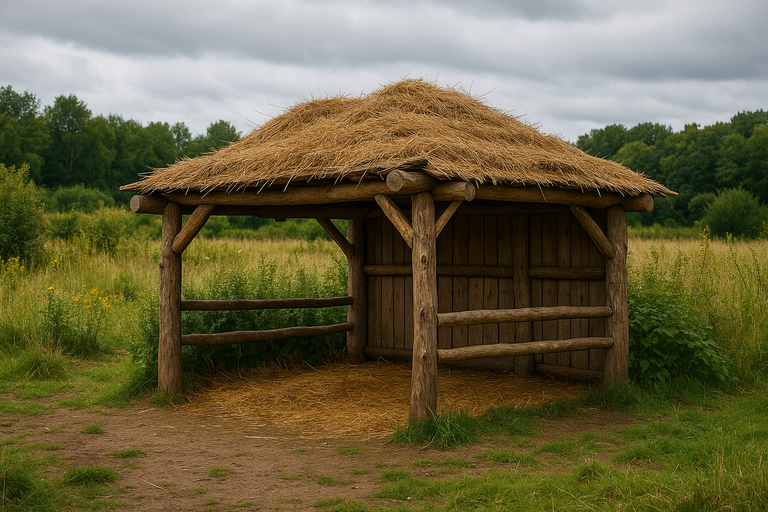In today’s rapidly changing world, natural habitats are shrinking at an alarming rate. As a result, more wild animals are displaced, injured, or orphaned. This is where the importance of a wild life shelter becomes clear. For instance, when a fox is hit by a car or a baby owl falls from its nest, these facilities step in to provide care. Therefore, shelters serve as both emergency hospitals and long-term recovery centers for vulnerable wildlife.
Animal Shelter in Wildomar: Community Benefits
In addition, these shelters play a significant role in raising awareness about biodiversity and the consequences of urban expansion. Volunteers and professionals work tirelessly to ensure animals are not just saved, but also rehabilitated for successful release back into the wild. Their work is a vital bridge between human activity and wildlife preservation.
Wild Life Shelter: A Safe Haven for Injured Animals
One of the core missions of any wild life shelter is providing medical treatment to animals in need. For instance, birds with broken wings or deer suffering from frostbite are frequently admitted during harsh seasons. However, beyond emergency care, shelters also offer long-term rehabilitation programs tailored to each species.
Moreover, many wild life shelters collaborate with veterinarians, biologists, and ecologists to create species-specific recovery plans. These may include physiotherapy, specialized diets, or socialization with other animals. In addition, some shelters use advanced technologies like X-rays or thermal imaging to assess internal injuries more accurately.

How a Wild Life Shelter Supports Ecosystem Balance
Wild animals are not just passive inhabitants of forests—they actively shape their environment. For example, predators control rodent populations, while pollinators sustain plant reproduction. When these animals are injured or vanish due to human interference, the entire ecosystem feels the impact. Fortunately, a wild life shelter can restore this balance by ensuring animals return to their natural roles once healed.
In addition, releasing rehabilitated animals strengthens local biodiversity. For instance, returning a hawk to its hunting grounds can reduce the spread of disease-carrying rodents. Therefore, the work of shelters has ripple effects that go far beyond individual rescues. By saving one animal, they often protect many others indirectly.
Education and Community Involvement
A well-managed wild life shelter does more than treat animals—it educates the public. Through tours, school visits, and workshops, shelters teach children and adults about respecting wild animals and coexisting peacefully with nature. For instance, a simple lesson on not feeding raccoons or leaving garbage accessible can prevent future injuries and rescues.
Furthermore, shelters provide hands-on learning for volunteers and interns. These programs not only inspire future biologists and veterinarians but also increase community empathy toward wild animals. In addition, many shelters run campaigns on social media to inform the public about local species, conservation laws, and emergency response steps when encountering injured wildlife.
The Challenges
Despite their noble mission, shelters face countless challenges. Funding is often limited, and most rely heavily on donations and volunteer labor. In many areas, a wild life shelter must operate without government support, managing rising operational costs with minimal resources. For instance, medical equipment, specialized food, and housing for different species all require ongoing investment.
Atlas Survival Shelter Prices: A Comprehensive Guide
In addition, staff and volunteers experience emotional and physical fatigue. Watching animals suffer or making tough decisions about euthanasia takes a toll. Therefore, supporting shelters through donations, volunteer hours, or even spreading awareness can make a meaningful difference.

How to Support Your Local Wild Life Shelter
There are many ways to contribute to the success of a wild life shelter in your area. Donating money is always appreciated, but shelters also need supplies like towels, blankets, cages, and medical items. For instance, old heating pads or baby bottles can be repurposed for orphaned animals.
In addition, consider offering your time. Many shelters need help with cleaning enclosures, feeding animals, or even administrative work. For those with specific skills—like graphic design or event planning—there are always ways to contribute. Furthermore, spreading the word on social media or organizing local fundraisers are powerful tools to gain community support.
Wild Life Shelter and the Role of Legislation
Legal protection is crucial for both wildlife and the shelters that care for them. In many regions, permits are required to rehabilitate wild animals, and only certified shelters are authorized to do so. Therefore, a well-regulated wild life shelter works closely with wildlife agencies to ensure ethical and legal compliance.
For instance, releasing an animal into the wrong habitat or at the wrong time can do more harm than good. Legislation provides guidelines that shelters follow to protect both animals and ecosystems. In addition, government recognition can also open the door for funding, training, and research collaboration—benefiting everyone involved in wildlife care.

The Future of Wild Life Shelter Programs
As climate change accelerates and urbanization spreads, the need for shelters will continue to grow. Wildfires, floods, and habitat destruction are increasingly common, displacing countless animals every year. Therefore, the wild life shelter of the future must be more prepared, better funded, and technologically advanced.
Why Wild Canine Rescue Matters for Ecosystem Stability
Innovation is key. For instance, some shelters now use drones to locate injured animals in remote areas. Others rely on AI to manage animal health records or optimize feeding schedules. In addition, expanding partnerships between shelters, governments, and research institutions will help address large-scale conservation challenges with unified efforts.

